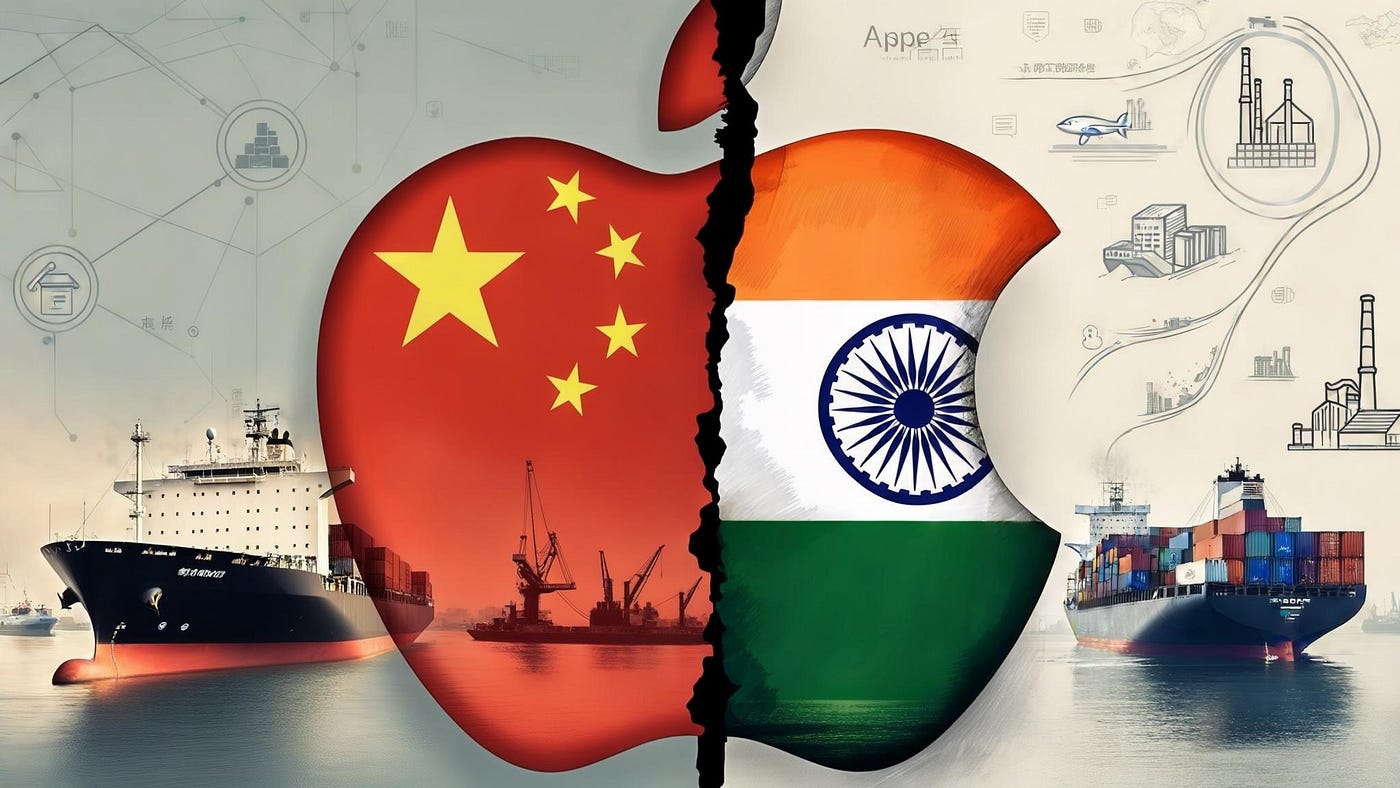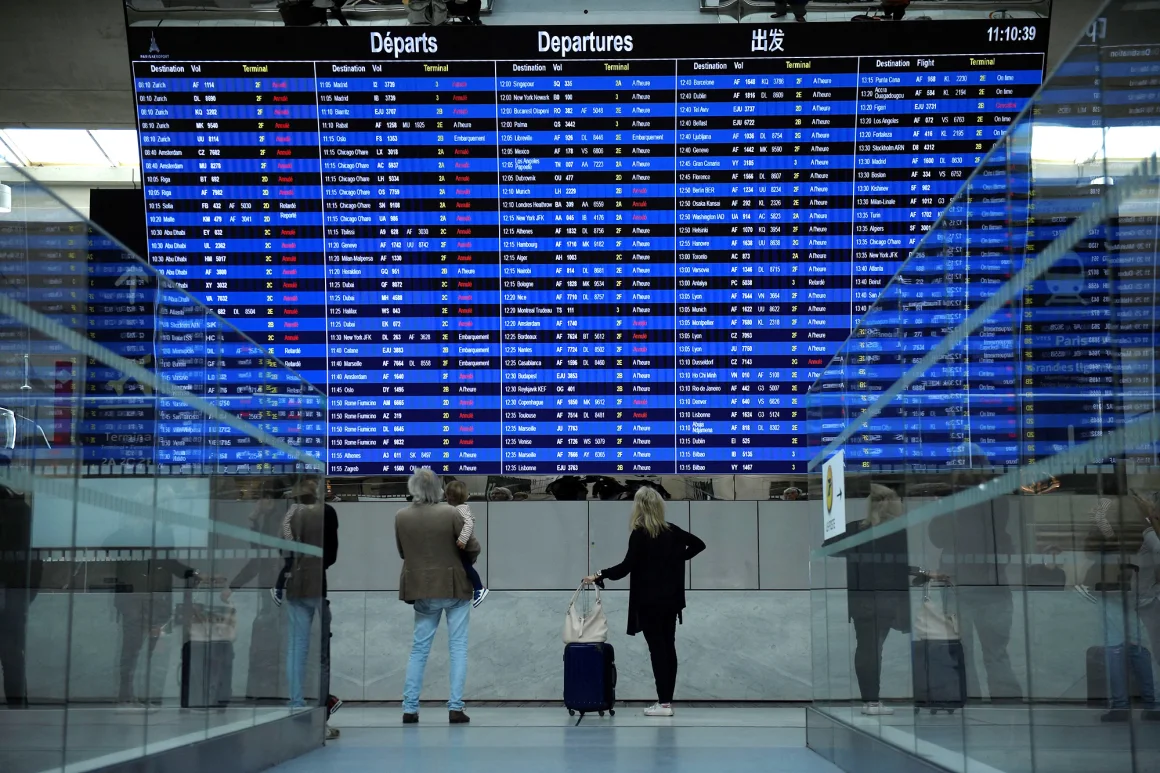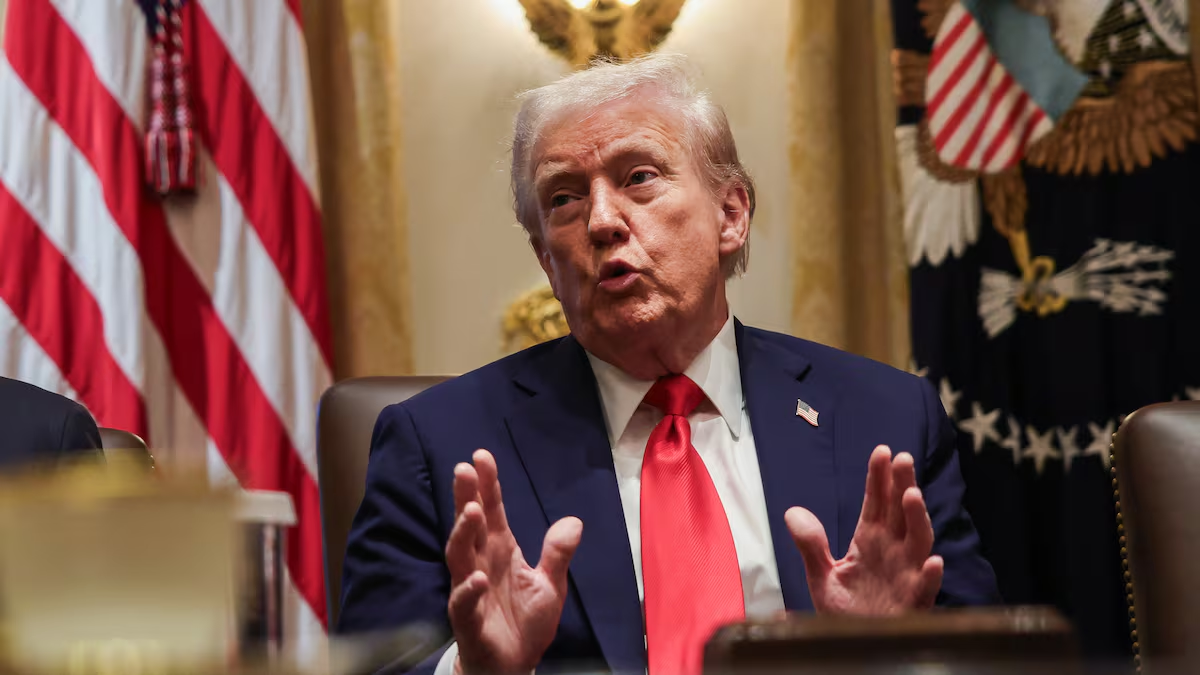India’s ambition to become the world’s next big manufacturing center faces renewed uncertainty, just as it seemed within reach. A recent trade agreement between Washington and Beijing could undercut New Delhi’s growing momentum and redirect investment away from India and back to China.
Last week, U.S. tariffs on Chinese goods — imposed during Donald Trump’s earlier presidency — were dramatically reduced, dropping from 145% to 30%. That puts China nearly on par with India, whose products face a 27% rate. The deal, finalized during talks in Switzerland, has shifted the calculus for global manufacturers.
Ajay Srivastava of the Global Trade Research Institute (GTRI) in Delhi warned that some foreign companies could now pause their India plans or even revert operations to China. “India’s low-cost assembly lines might survive, but the growth in value-added production is at serious risk,” he said.
This stands in contrast to the optimism last month when Apple announced plans to relocate a large portion of its iPhone manufacturing for the U.S. market from China to India — a major win for Prime Minister Narendra Modi’s “Make in India” campaign.
However, the outlook is complicated. Trump has openly stated he advised Apple CEO Tim Cook not to move production to India, citing high import duties. Yet before the U.S.-China agreement, analysts saw India as a promising substitute for Chinese exports. Economist Shilan Shah from Capital Economics noted that around 40% of Indian exports to the U.S. closely mirror Chinese goods.
Export data seemed to support that view. A survey of Indian manufacturers reported a surge in export orders, reaching their highest level in 14 years. Meanwhile, Nomura highlighted anecdotal evidence of manufacturing activity shifting to India — particularly in lower-tech sectors like textiles, electronics, and toys — as part of a broader global realignment.
Some analysts believe that even if the U.S. and China reach a temporary truce, deeper strategic tensions between the two countries are unlikely to fade. This longer-term decoupling could still favor India, especially as New Delhi shows more openness to foreign business after years of economic protectionism.
India is also in the middle of its own trade negotiations with the U.S., which could give it a better position in a post-China supply chain. A new trade deal with the U.K. has already lowered duties in protected areas like automobiles and alcohol — hinting at the kinds of concessions India may offer in its talks with Washington.
Still, the optimism must be tempered. China’s re-entry into the manufacturing spotlight poses a real threat. And India’s competitors across Southeast Asia — particularly Vietnam — remain attractive for global firms looking for efficient and business-friendly alternatives.
Nomura’s economists Sonal Verma and Aurodeep Nandi stress that India can’t rely on tariff advantages alone. “India must pair lower tariffs with aggressive reforms to improve its business environment,” they wrote.
For decades, India’s manufacturing output has remained flat — hovering around 15% of GDP — due to regulatory red tape, complex tax laws, and sluggish infrastructure. The Modi government’s incentives like the Production Linked Incentive (PLI) scheme have had limited impact so far.
India’s own policy advisers have acknowledged these setbacks. Niti Aayog, the government think tank, noted that other Asian countries like Vietnam and Thailand were faster to seize the moment. They benefitted from cheaper labor, simpler tax systems, proactive trade deals, and more consistent reforms — helping them secure investment shifts that India missed.
Moreover, India still depends heavily on Chinese imports for key electronic components, including parts used in iPhones. That limits how much actual value India can capture from increased phone assembly. “Until more of the supply chain is moved here, India will only receive a tiny share of the profit,” Srivastava explained.
Currently, while the full retail value of an iPhone is counted as an Indian export, Apple earns over $450 per device, while India gets less than $25. That gap shows how limited the economic benefit is if only final assembly takes place on Indian soil.
The jobs created by such assembly lines are low-skill and low-paying, GTRI points out. It’s not like the Nokia factory in Chennai, which once attracted entire ecosystems of suppliers. Today’s tech manufacturers largely import parts and pressure governments for lower tariffs — without building supply chains locally.
Srivastava also raised concerns that foreign firms may exploit India as a workaround — rerouting Chinese goods through Indian facilities to avoid tariffs. Remarkably, Indian officials seem open to that strategy. Last year, the country’s chief economic adviser even suggested attracting more Chinese factories to boost exports, indirectly admitting to shortcomings in India’s industrial policy.
However, experts warn this may further weaken India’s own manufacturing capabilities and prevent the development of domestic expertise.
In the end, behind the flashy announcements from tech giants like Apple, India’s path to becoming the world’s factory is still full of obstacles. Real success will require deeper reforms, lower costs, and more reliable regulations.
“Let’s not be fooled by the headlines,” Srivastava said on social media. “This U.S.-China reset is just a patch. India must stay focused on the long-term strategy — or it risks losing out altogether.”



